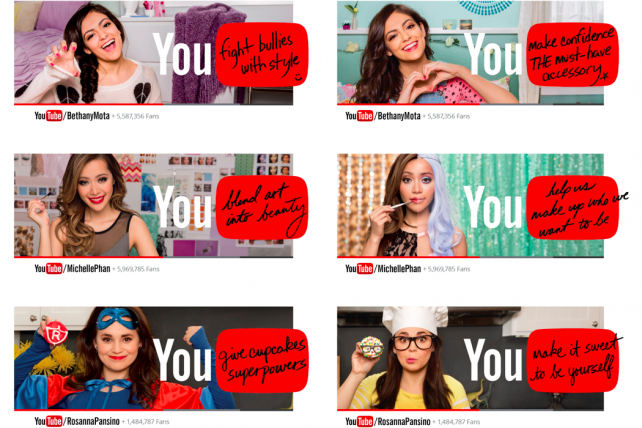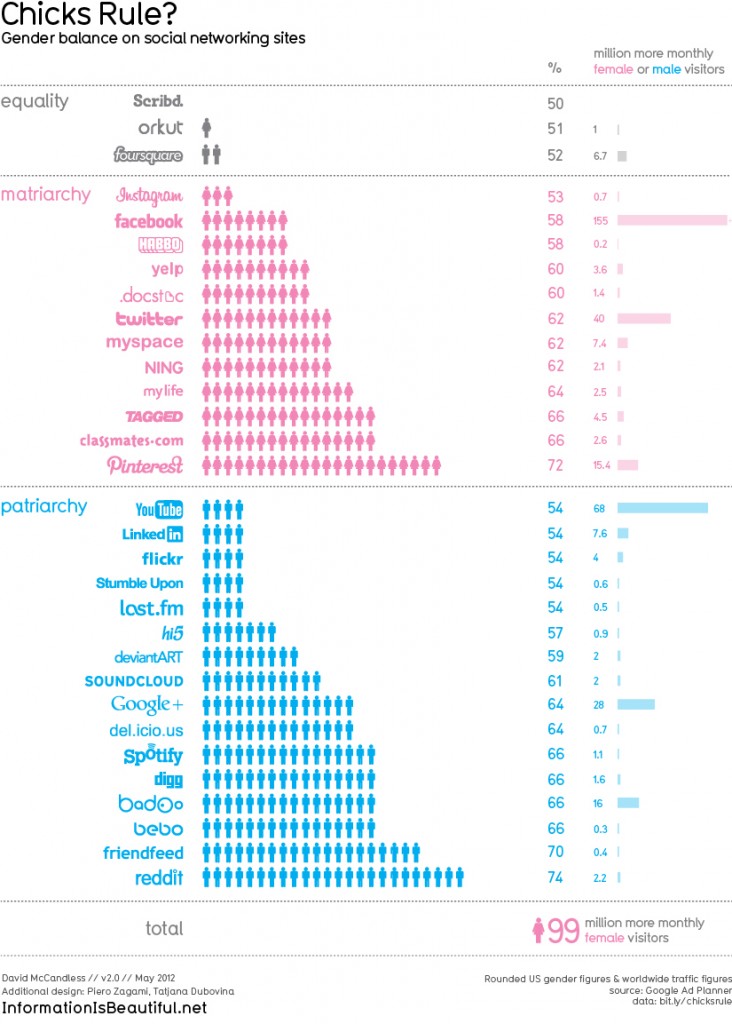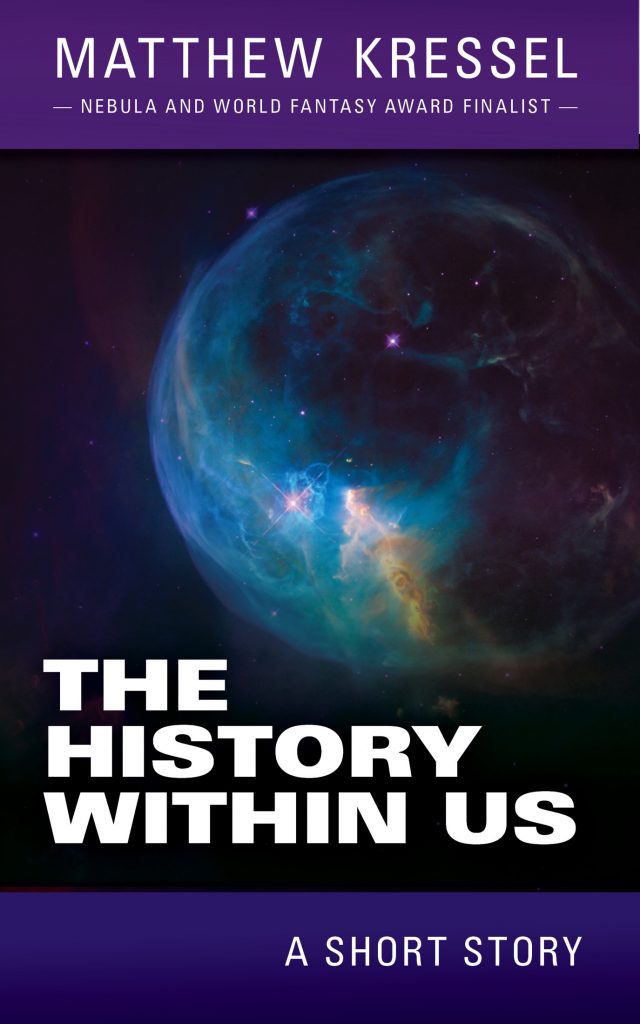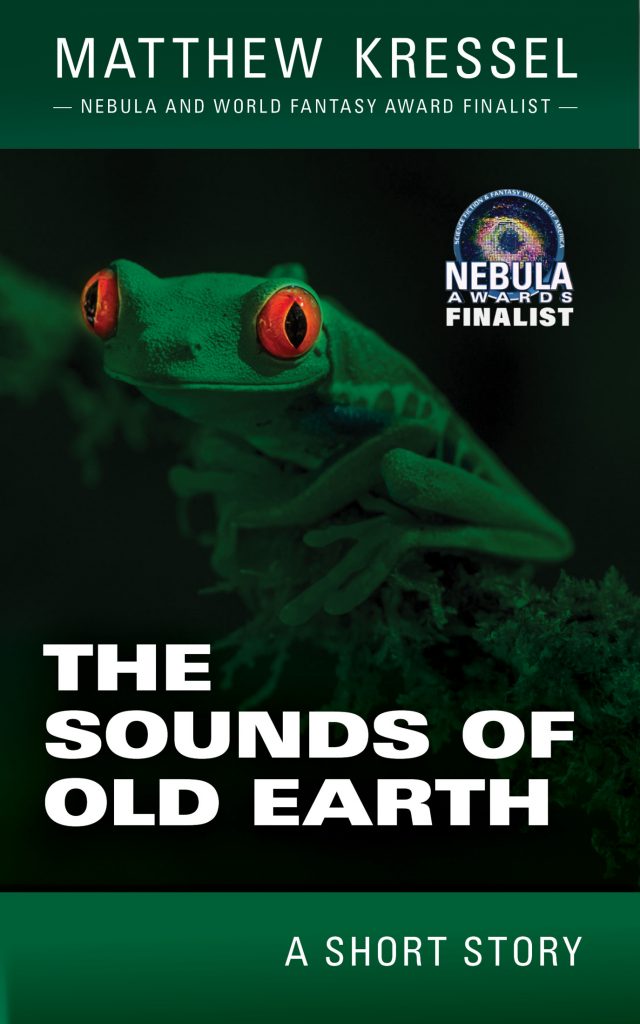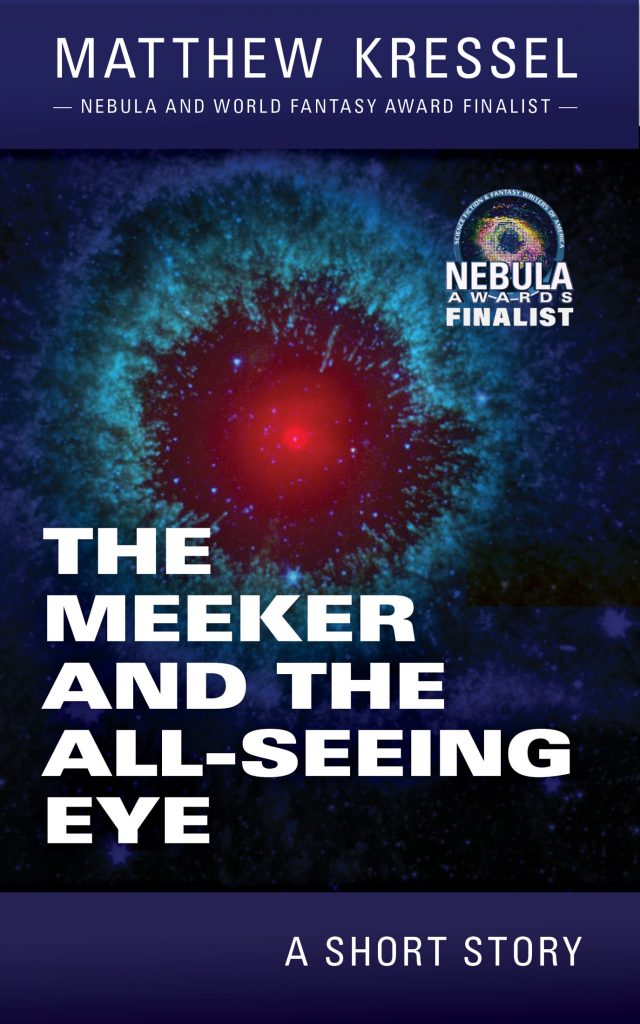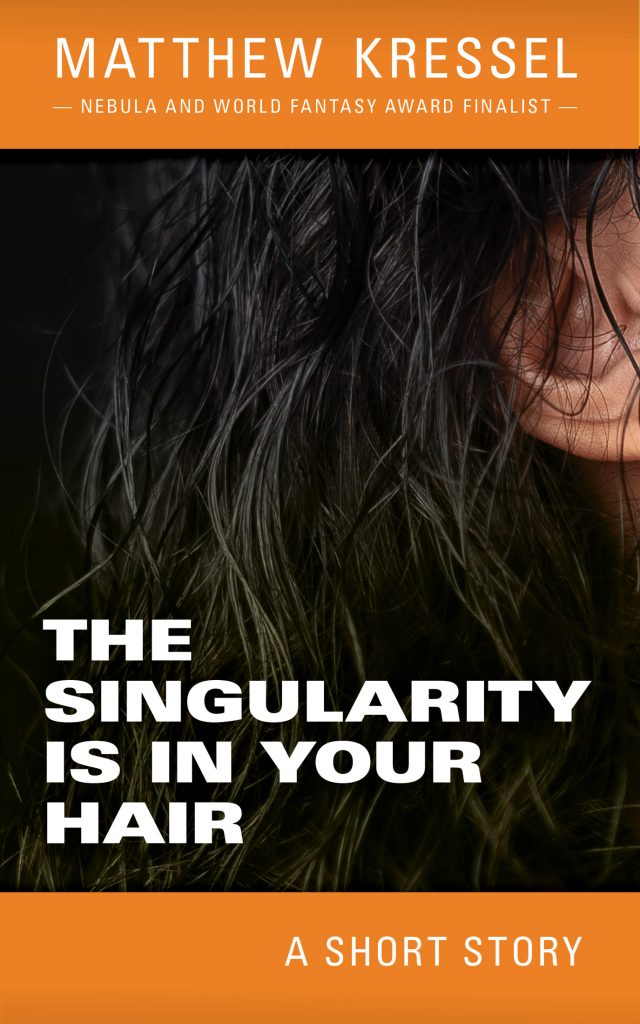Google has a new ad push recently that’s been flooding the New York subway system. You may have seen these ads, depending on where you live:
Yeah, so what, it’s just another subway ad, right? Erm, well, no. Consider that, according to Youtube, “Over 6 billion hours of video are watched each month on YouTube—that’s almost an hour for every person on Earth.” So many people already use Youtube. Why the hell do they need to spend millions getting more people onto the site that is one of the most popular websites ever to have existed, without any major advertising campaign? The answer is they don’t need more viewers, they need to change how you view Youtube.
All the ads feature young women. You might think this means that Youtube’s demographic is heavily male and Youtube wishes to bring more women onto their site? But according to this (poorly labeled) infographic from Information is Beautiful, males outnumber females on YT only by about 4%. (The 68 million per-month extra male visitors may seem like a lot, but when you consider the 1.7 billion visitors to YT daily, it’s chump change.)
Skipping over the idiocy of calling something “matriarchal” or “patriarchal” simply because it has more female or male users, as if more of one gender using software is the same thing as controlling the software and how it’s used (e.g. there are more women than men in the U.S. but that does not mean we are a matriarchal society), why should Youtube feel the need to fill a subway car with pictures of young women smiling from their Youtube-framed boxes? Maybe to nip at that 4% gender difference, to squeeze the extra 240,000,000 hours per month from its untapped female demo? Again, this is chump change for them. Look at those ads again. Each woman’s channel highlights one specific area:
Fashion. Make-up. Baking.
Read that again. Let it sink in. Google, a multinational, $380,000,000,000 dollar company (and I write that out just so you can see how large a number it is), with one of the most visited websites on Earth, a company at the forefront of innovation and technology has just launched a marketing campaign depicting women as if it were 1950, and we were in a Mad Men episode.
Fashion. Make-up. Baking.
In addition, Youtube makes sure you know how many subscribers each woman has:
- BethanyMota: 5,587,356 fans
- MichellePhan: 5,969,785 fans
- RosannaPonsino: 1,484,787 fans
In fact, I would say that without those fan numbers, the ads fail. Note that Youtube didn’t show you pioneering young women scientists, engineers, coders, (fields that are traditionally male heavy) but chose to show you women in stereotypical gender roles, and also shows you how many fans these women have. The implication is that, if you become like these women, i.e. adopt their behaviors (and they’re all smiling, happy, contented), you can have just as many fans. At least 13 million people agree and that’s only for 3 people!
In other words, Youtube wants you to think of their website as a place where you can get famous by just having fun. In other words, a Disney movie. Disney’s keen to this idea, that’s why they’re interested. Think I’m joking? Check this out.
Note that there is nothing inherently wrong with being interested in fashion, make-up, or cooking regardless of gender, nor should there be anything wrong with having a video channel devoted to such subjects. But you should be suspicious when Google, in 2014, puts up an ad that doesn’t seem seem so out of place if it were to appear in 1950.
Not the same, you say? You might say the Kenwood ad is misogynistic, and women are treated as objects to purchase for, whereas in the Youtube ads, the women are independent and self-directed. Independent? Really? Who designed the Youtube ads, the women themselves? And self-directed? Yes, but who chose which Youtube channels to highlight for this ad campaign?
I say the only difference between the Kenwood ad and the Youtube one is that in the Kenwood ad you are asked to give your money for a tangible product and in the Youtube one, you are asked to give over your time and energy and in return you get…fans.
At least if I fork over money to the Kenwood folks I get something physical in return. There is nothing tangible about the number of likes your channel has. Not to you, anyway.
But you might counter that these women are making money doing what they love. Well, yes, actually, and doing quite well for themselves. But the number of people who will have such large audiences and profit financially will actually be quite small. Not everyone has the time, talent, energy, devotion, money and blind luck to produce videos and build a fan base. So why the huge ad push then? Because millions of people will aspire to be like these examples. These aspirationals will give their time and energy over to Youtube to build more “fans”, hoping to reach the unattainable goal of becoming like the women depicted, i.e. famous, not necessarily rich, and this BS is sold to them through a misogynist lens falsely billed as being “independent”. And while most of these content creators will get absolutely nothing in return except a fleeting narcissistic satisfaction that some people “out there” like their work, Google will make billions off them.
I don’t know about you, but it sounds to me as if the game is rigged.



































